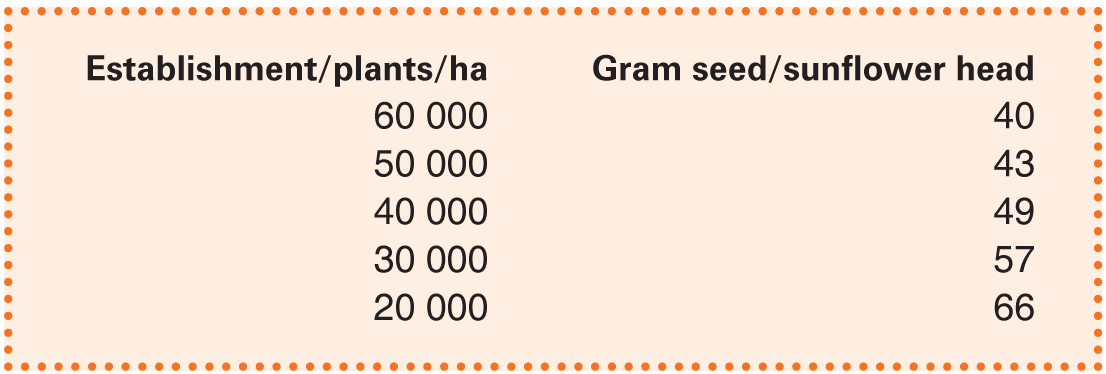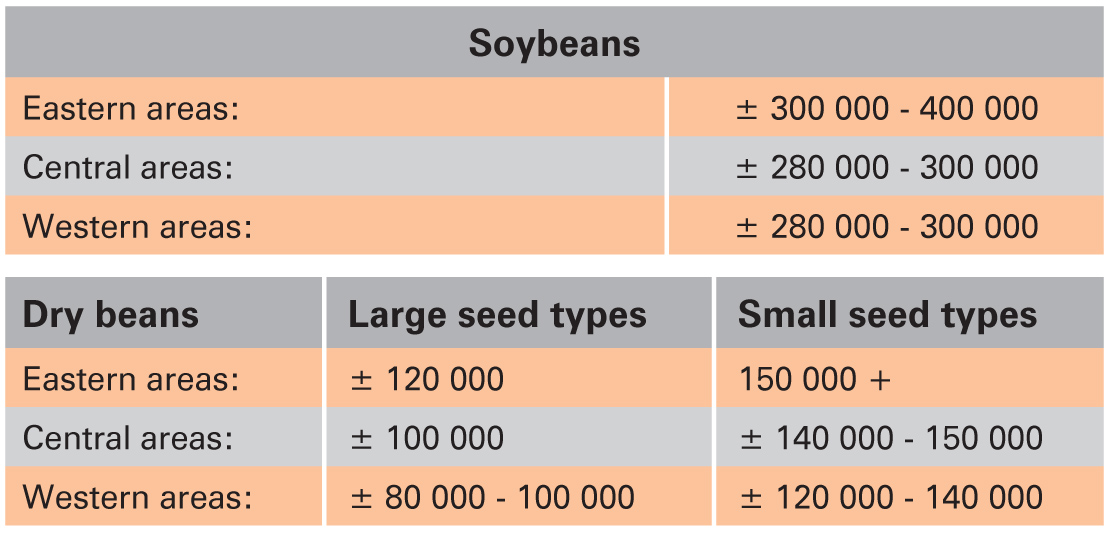Guidelines to do your own crop estimate
March 2025
KOBIE DE BEER, RETIRED CROP
INSURANCE SPECIALIST. FIRST
PUBLISHED IN SA GRAAN/
GRAIN, MAY 2022. |
 |
CROP ESTIMATES ALWAYS REMAIN A CONTROVERSIAL ISSUE, AS MANY VARIABLES CAN INFLUENCE THE ACCURACY OF A CROP OR YIELD ESTIMATE. MORE ACCURATE ESTIMATES CAN BE MADE CLOSER TO HARVEST TIME, BECAUSE THERE IS LESS CHANCE OF MAJOR VARIABLES OCCURRING. IT IS ONLY THE GRAIN THAT HAS BEEN DELIVERED AT THE END OF THE SEASON THAT WILL DETERMINE THE YIELD PER HECTARE.
It is important to note that when a crop estimate is done, it is an estimate for that specific spot alone. If soil mapping has been done, try to estimate each spot to determine the crop. The more estimates that are made per field, the more accurate the estimate will be for the field.
The Agricultural Research Council (ARC) and other institutions do annual crop estimates for the National Crop Estimates Committee (CEC), and a map providing maize kernel masses is published annually. These guidelines and methods are handy when farmers want to estimate their potential crop yield.
One of the most critical factors is the kernel mass. It varies considerably from one season to the next and also within one season. Even after the crop is mature, factors such as ear rot and other pathogens can affect the kernel mass.
GUIDELINES
The following guidelines can be used.

MAIZE
- A guideline of 0,3 g/kernel to 0,36 g/kernel (depending on how favourable the circumstances are) can be used for the average kernel mass of maize, where the seeds can be counted in order to calculate the potential crop.
- When the seeds cannot be counted,150 g to 220 g per ear, depending on the establishment and occurrence of multiple ears, can be used.
- First determine the average number of ears per 10 m. When the plants are in the vegetative stage, factors such as the establishment, multiple ears and sprouting ability of the plants must be taken into account.
- Determine the average mass in gram per ear.
- The formula below can be used to calculate the yield.

- Remember to subtract the harvest loss to obtain a realistic yield.
SUNFLOWERS
- Use the following guidelines to determine the average seed mass per head at a young stage before seeds on the head can be counted.

2. Use the following method to count the seeds per head:
- Measure the diameter of the head.
- Measure the diameter of the centre seed set if applicable.
- Count the number of seeds per 10 cm2 (preferably use a frame with a ‘window’ of 2 cm x 5 cm) and divide this number by 10 to obtain the number of seeds per cm2.
- Calculate the productive area as follows:

- Multiply the number of seeds per square centimetre (cm2) by the productive area to get the number of seeds per head.
- Multiply the number of seeds on the head with the average mass per seed to obtain the head’s mass. Use a mass of 0,045 g per seed as guideline.
- Count the number of heads per 10 m.
- Measure the row width.
- Use the following formula to calculate the yield:

- Remember to subtract the harvester loss.
- Compare the figure with the history of the country or area.
SOYBEANS AND DRY BEANS
Follow these steps to do a crop estimate for soybeans and dry beans:
- Determine the number of plants per 10 m and the average row width.

1. Determine the average number of pods per plant and seeds per pod.
- Soybeans, ± 1,8 seeds/pod. Mass: ± 0,16 g/seed.
- Dry beans: Seeds/pod and mass/seed vary according to cultivar.
- Small white canning types: Mass ± 0,19 g/seed.
- Red speckled types: Mass ± 0,47 g/seed.
2. Allocate a mass per plant using the above guidelines, but always keep the following in mind:
- Evenness of plant establishment and plant height.
- General appearance and colour of the plants.
- Moisture conditions (drought or waterlogged).
- Weed, insect and disease control.
3. Plant establishment guidelines:

4. Calculate the yield with the following formula:

- Make provision for losses during the harvesting process as follows:
- Adjust the calculated yield for soybeans by a factor of 85%.
- Adjust the calculated yield for dry beans by a factor of 80%.
- Also remember to consider the height of the harvester blade for soybeans.
PLEASE NOTE
It is important that the above-mentioned masses are only considered as guidelines, as they can be influenced by factors such as the plant appearance, climate, region and cultivar.
Publication: March 2025
Section: Pula/Imvula








